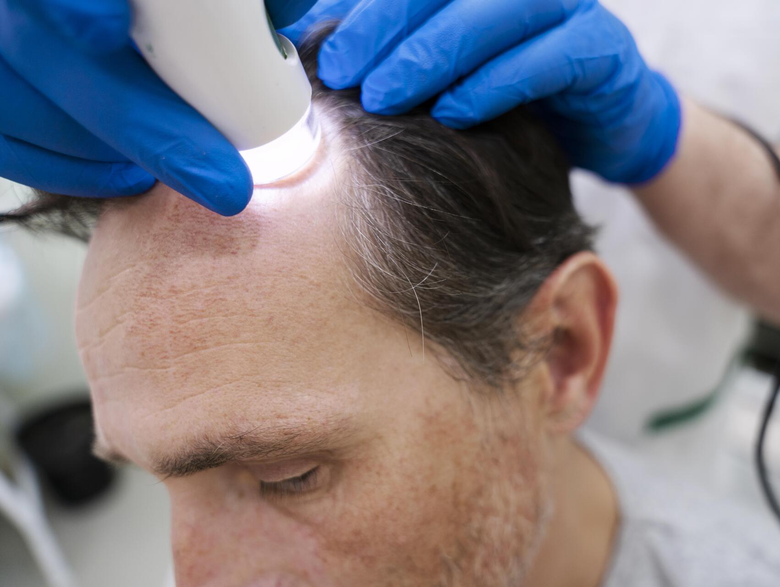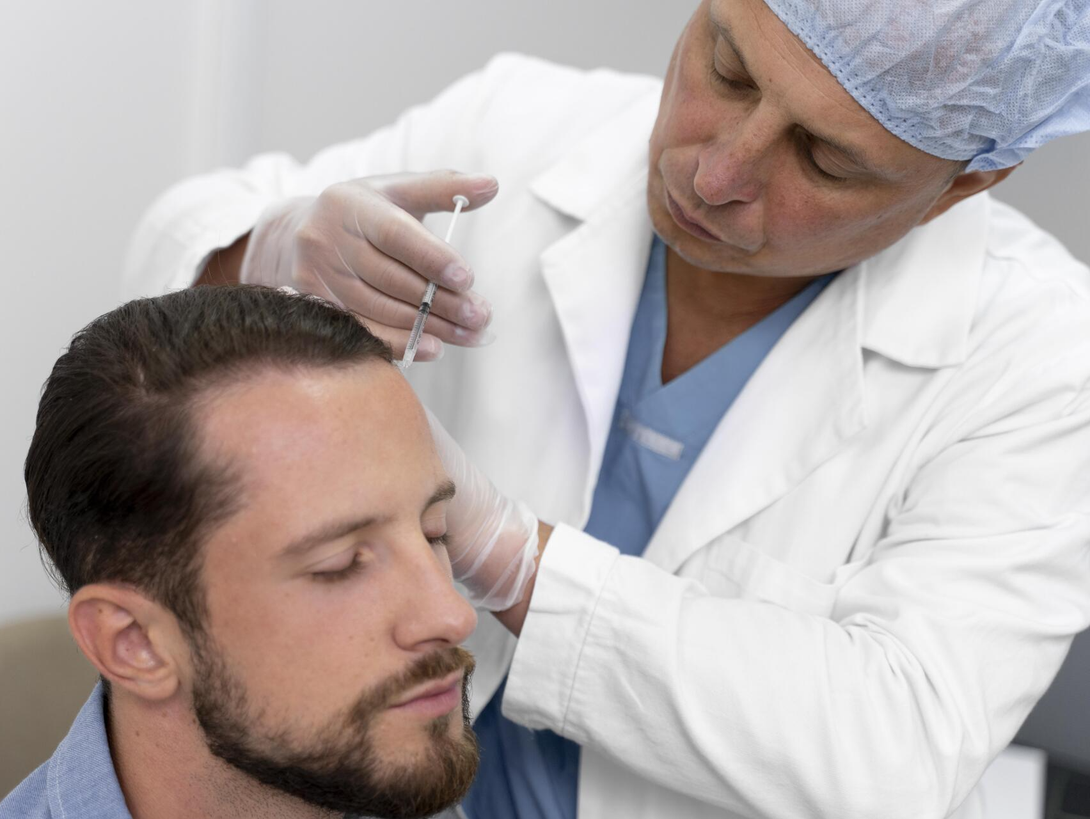Services
Curabitur arcu erat, accumsan id imperdiet et, porttitor at sem. Curabitur aliquet quam id dui posuere blandit.
Surgical
-
FUE Hair Transplant
Hair transplantation — sometimes called hair restoration — is an outpatient procedure that uses micrografting technology to donate your own hair follicles to other areas of your scalp that are thinning. The results of a hair transplant are visibly long-lasting and are considered to be permanent.
-
FUT Hair Restoration
This surgery necessitates the extraction of a strip of scalp from the donor area. Typically, the donor area is on the occiput. Once the surgeon removes the strip, he or she sutures the field or donor area together. The suturing leaves a linear scar of variable lengths, predicated on the extracted strip. There are instances where the scar tissue elongates from ear to ear. The hair follicle grafts came from the scalp strip and grafted onto the recipient areas where micro-incisions are there for each hair.
-
NeoGraft
NeoGraft is a modern hair transplant technique that lets you add thickness and density back to your hairline without many of the downsides of a traditional hair transplant. Hair transplantation involves removing hairs from the back and sides of your head (known as a "donor site") and transplanting them into areas with thinning or no hair, such as the temples or crown of your scalp. A hair transplant lets you add hair back to places where it doesn’t grow anymore. Once hair is transplanted, it will grow as normal, letting you reverse the visual effects of hair loss.
Non-Surgical
-
Minoxidil Hair Growth Treatment
Minoxidil (Rogaine®) is a topical application approved for both men and women. It has been shown to either reduce hair loss or promote hair growth in about 80% of patients. Minoxidil acts as a direct anagen-prolonging agent. The original product, however, was oily and messy, and the propylene glycol additive could cause irritation in some patients. Recently, a new 5% foam delivery system has been released without any propylene glycol. It is much easier to use and better accepted by patients. Although the 5% is labeled for men, it can be used by both men and women.
-
Propecia (Finasteride) Hair Growth Treatment
Propecia® (Finasteride) is a drug used to treat male pattern hair loss. Finasteride was initially approved by the FDA in 1992 under the brand name Proscar, for the treatment of an enlarged prostate. In 1997, the FDA approved finasteride for the treatment of male pattern baldness (MPB) under the brand name Propecia. This drug treats male pattern hair loss by blocking the body’s production of a male hormone called DHT. Finasteride is effective only for as long as it is taken; the hair gained or maintained is lost within 6–12 months of ceasing therapy. In clinical studies, finasteride, was shown to work on both the crown area and the hairline, but is most successful in the crown area. Finasteride is not indicated in women and is contraindicated in women who are potentially able to have children due to birth defects.
-
Low-Level Laser Therapy
Low-level laser therapy is a form of medicine that applies low-level lasers or light-emitting diodes to the surface of the body. Whereas high-power lasers are used in laser medicine to cut or destroy tissue, it is claimed that application of low-power lasers relieves pain or stimulates and enhances cell function.
Additional Procedures
-
Microneedling
The purpose of microneedling in the case of hair loss is to stimulate dermal papilla, or the stem cells in hair follicles, to encourage growth factors. The idea is that by creating tiny wounds, the body’s natural defenses will encourage the healing process and ultimately new hair growth to help reverse thinning hair.
-
Hormone Replacement Therapy
During the transitional years of menopause and andropause, falling hormones in both men and women can contribute to the shortened growth phase of hair follicles, causing them to shrink until fewer hairs are left visible on the scalp. If your Physical Male doctor determines that hormone replacement is a good course of action, he or she will develop a treatment plan tailored to your age, gender, hair loss severity and other factors.
-
Viviscal Professional
Quisque velit nisi, pretium ut lacinia in, elementum id enim. Cras ultricies ligula sed magna dictum porta. Vivamus suscipit tortor eget felis porttitor volutpat.




